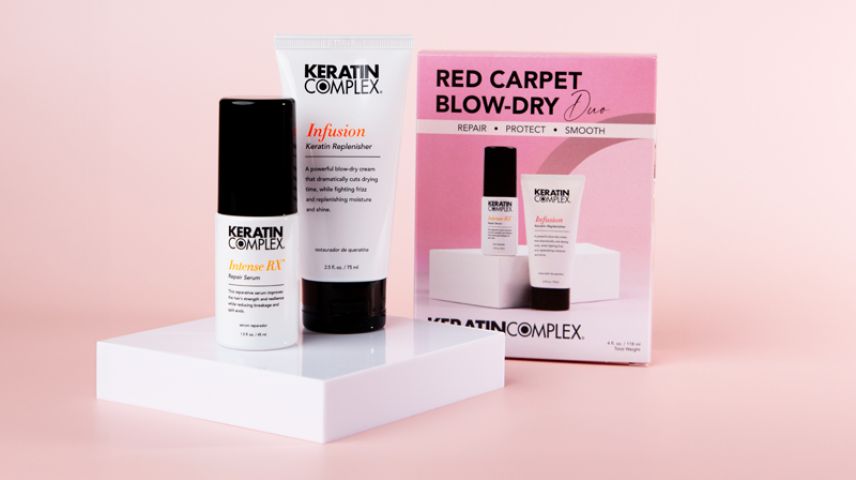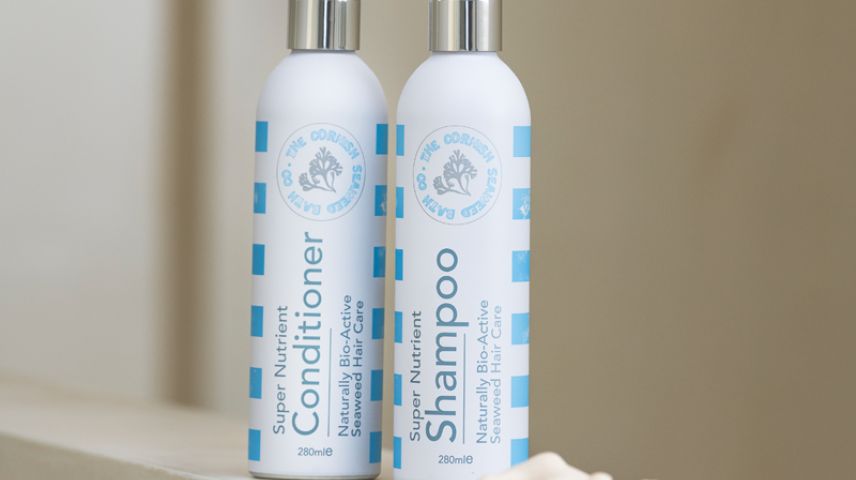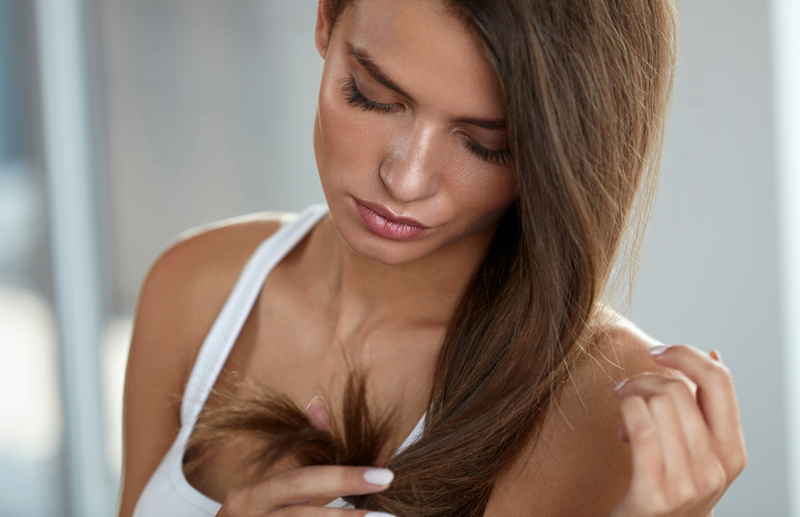If you are a lover of hot tools, then you will be aware of the signs of heat damage.
When hair is not properly cared for and heat protection not used, the regular use of hot tools can cause damage due to the hair’s cuticle becoming broken. Cuticles act as a shield to protect the inner cortex of the hair, and so when this is broken the cortex, which is strong and elastic in its healthy state, becomes weak, brittle, and susceptible to breakage.
If your hair is damaged by heat, you will notice more frizz and tangles, as well as a possible change in texture and more unruly styling. Read on to learn more about the signs of heat damaged hair.
A Dry and Dull Appearance
The protective cuticle is what gives your hair its shiny, smooth appearance, so when this becomes damaged, hair can lose its shine becoming dull and lifeless. If after washing your hair it still looks dull, then this is a good sign of heat damage. Damaged hair cannot hold moisture that well either, and so this will leave your hair feeling dry and prone to breakage.
Noticeable Split Ends
With the hair’s inability to hold and retain moisture comes a loss of elasticity, becoming stiffer and resulting in split ends. When hair is dehydrated split ends can occur on the ends of the hair and higher up the strands too. There are a few types of splits: a basic split where the hair divides in two, a multiple split where the hair resembles tree branches, and a cuticle split where part of the cuticle is lost but the cortex remains.
Breakage
Split ends weaken your hair’s structure, increasing the chances that your hair will break off. If you notice bits of hair sticking up on your head, then there is good chance that these are hairs that have broken off. To test for breakage, pull on a strand of hair. Healthy hair has some stretch. If the strand doesn't stretch and breaks, it's a sign of damaged hair.
Frizz and Flyaways
When moisture is stripped from the hair, it leaves the cuticle open to damage, which prevents the hair from lying flat, giving the hair a frizzy, unruly look. Flyaways are often a sign of breakage and are short hair strands that stand up after breaking off near the roots.
A Change in Texture
If you suspect a change to your hair’s texture, run your fingers through your hair and see how it feels. If your hair is curly or wavy, it should bounce back into its style. If your hair is straight, it should feel silky and smooth, not rough and coarse.
More Knots and Tangles
When the hair’s cuticles are healthy, they all lie flat, but when damaged they stick up causing the hair strands to knot together and become tangled. Knots and tangles make brushing or combing your hair more difficult and can lead to further breakage. They can happen after showering or during the day, especially if you're outside and the wind is blowing your hair around.
Unpredictable Colour
Heat damaged hair cannot retain colour that well. If your hair has become too porous, you may find a fresh colour turning out darker than expected or fading a lot faster than you want it to. Porosity is how well your hair can not only absorb but also retain.
Noticeable Hair Loss
Hair usually grows for 2 to 6 years, and during that time it is normal to shed hairs. But, during this growth cycle, hair can experience damage, and so if your hair is damaged and weakened due to heat styling than you may notice more hair shedding than normal. This could be because of a lack of protein since damaged hair experiences break downs in the bonds – fats, oils, water, and protein - that make up each strand.
Managing Heat Damaged Hair
If you suspect you have heat damaged hair, a trip to a professional stylist will help to determine the extent of the damage and advise on the steps you need to take to get your hair back to its former glory. You can find professional salons and stylists via our salon search right here! You can also read our article on treating heat damaged hair here.






